13 ways to allergy-proof your home
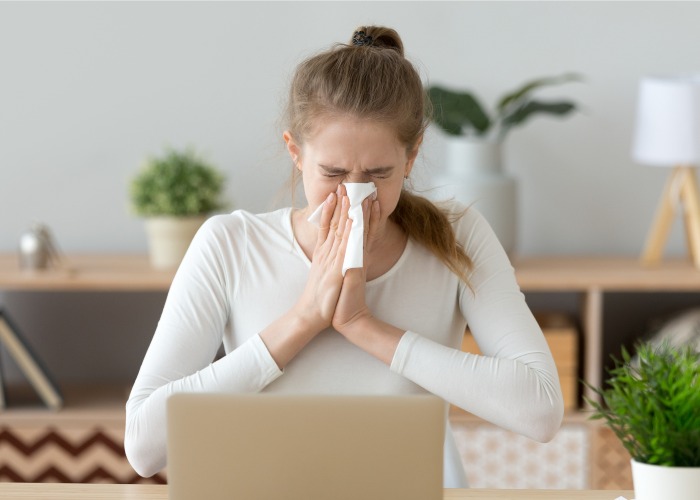
As we move into spring, here are some sure-fire ways to rid your living spaces of allergens
Spring welcomes the arrival of sunshine, warmer climes and longer evenings, but it also signals a rising pollen count too.
READ MORE: 40 bad home habits you need to stop right now
And it's not just parks and meadows that can wreak havoc on your sinuses – many of us will still experience the tell-tale symptoms of hay fever inside our homes, from constant sneezing to a scratchy throat and watering eyes. But why?
Lisa Evans, spokesperson for MyJobQuote, says: “Studies have shown that over half of the indoor dust that accumulates in our home is actually produced outside and brought in with us.”
This means you may be inadvertently bringing allergens into your home after a trip to the supermarket or a relaxing walk in the great outdoors.
But that's not all. It turns out that pollen isn’t the only hidden home hazard that can trigger hay fever symptoms. Indoor allergens such as dust mites, pet fur and dead skin can also create the same reaction.
Here are some of the best ways to banish dust and help allergy-proof your home.
1. Get an air purifier
Specially designed to remove dust and airborne particles, these nifty gadgets suck in and filter the air in your living spaces.
They can make a big difference to the lives of hay fever and asthma sufferers, and the good news is, you can snap one up from as little as £30.
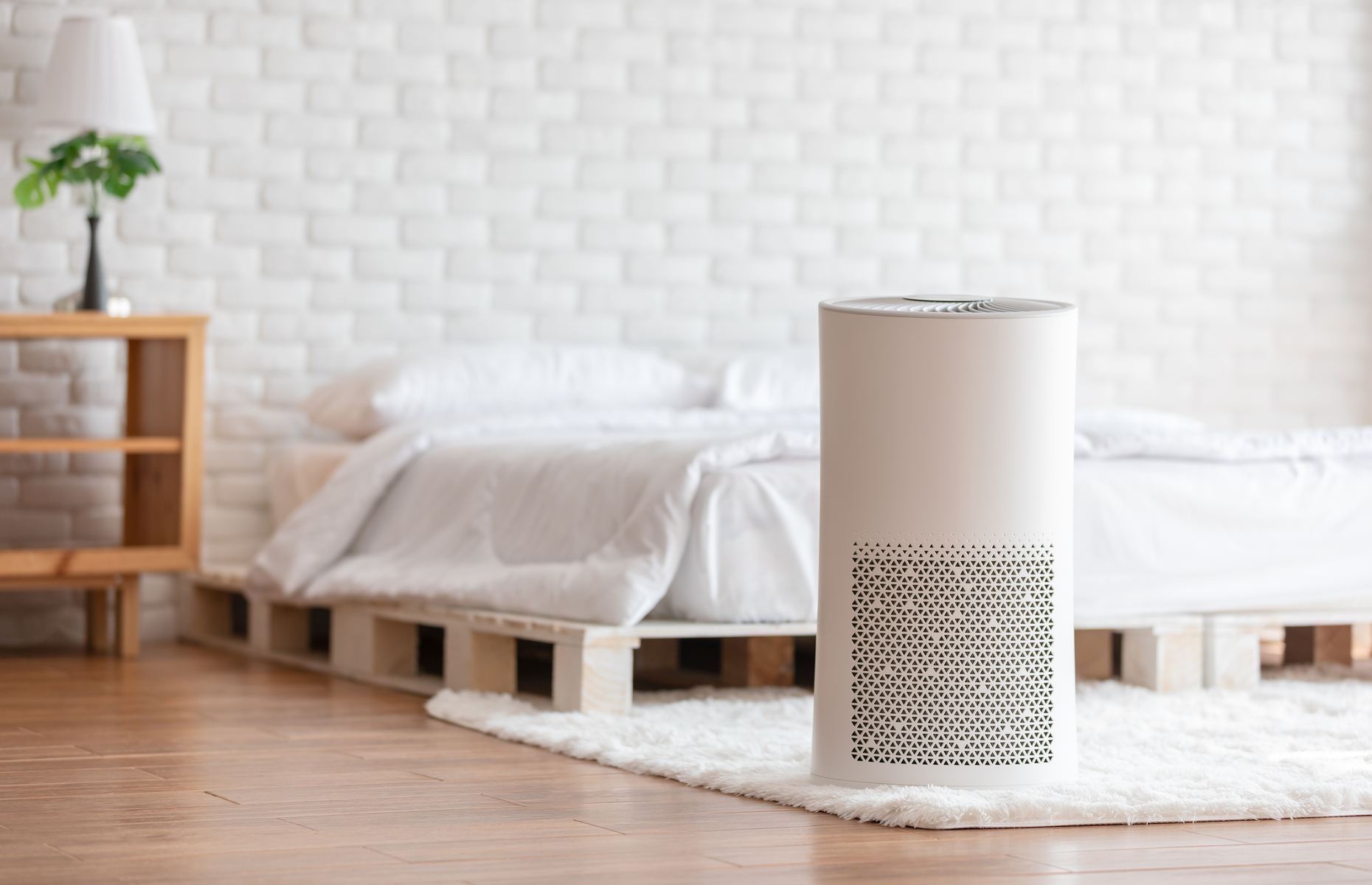
2. Vacuum regularly
You might not want to hear it, but regular vacuuming is one of the best ways of reducing dust in your home. This is particularly true if most of your home is carpeted as dust, pollen and pet hair can easily accumulate in the pile.
It's a good idea to ensure your vacuum has a HEPA filter to help trap harmful particles. For a longer-term solution, you might want to consider switching to hard flooring to minimise the collection of dust.
3. Mop your floors
Unfortunately, even those with hard floors still have to keep on top of the housework, and mopping will help rid your home of dust. Warm water with a splash of vinegar is an effective cleaning solution that will leave your floor sparkling.
4. Check your products
When it comes to giving your home a deep clean, it may be tempting to buy armfuls of cleaning products, however, a study by the Journal of Epidemiology and Community Health found that products containing toxins can leach harmful chemicals into the air that end up in settled dust.
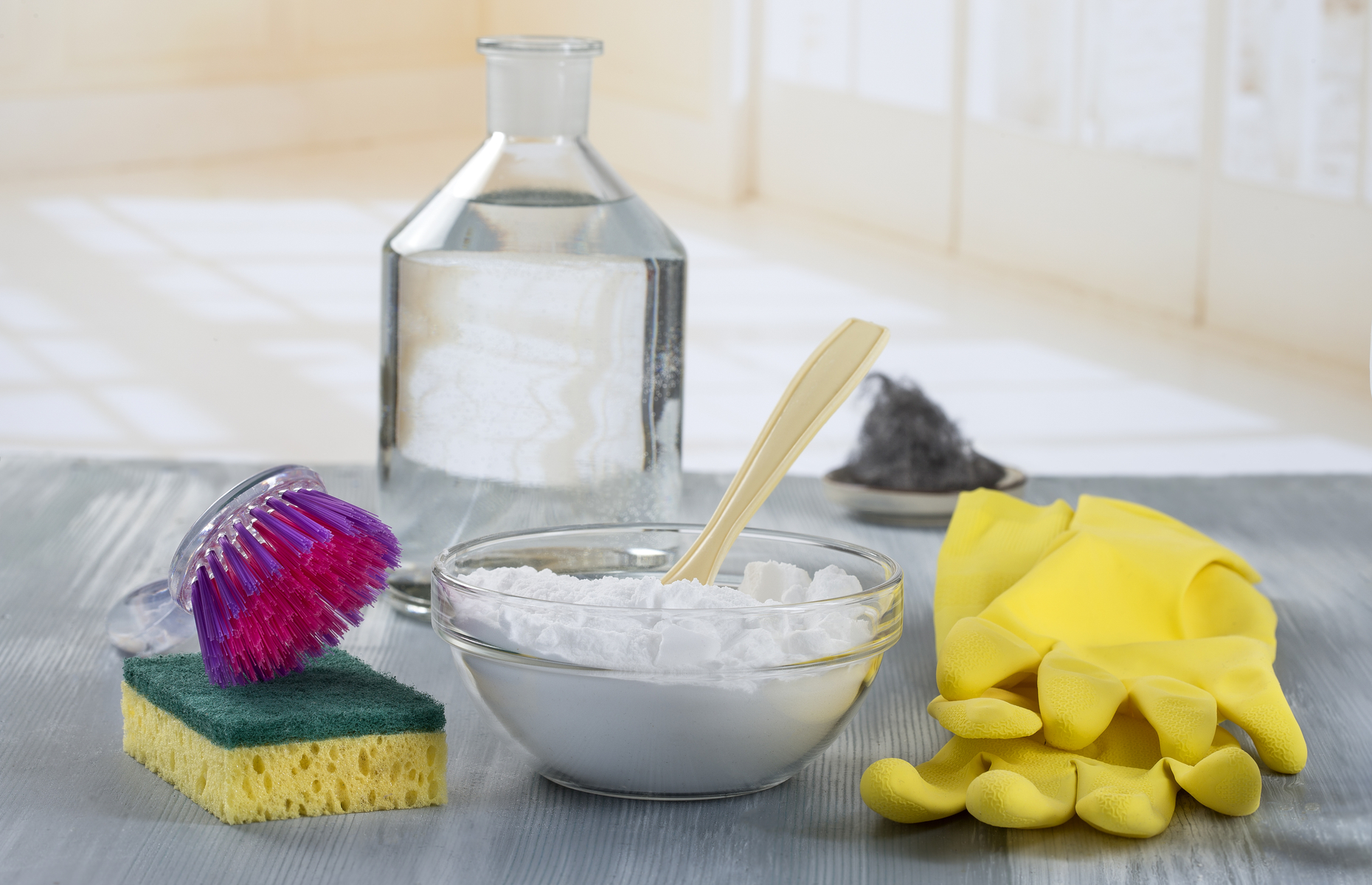
When you next do your shopping, look for cleaning items that are non-toxic, or better still, make your own eco-friendly cleaning products, using lemon, vinegar or bicarbonate of soda.
5. Clean out the clutter
If you really want to stay on top of dust and allergens in your home, you’ll need to make your living spaces as clutter-free as possible.
Take a trip to the skip or a charity shop to declutter your junk for good, or if you're not quite ready to part with certain items, you could put them away in airtight storage boxes and see if you miss them a few months down the line.
6. Seal the gaps
Airborne irritants have a nasty way of creeping into your home via small gaps in window and door frames, so sealing up these voids correctly is a must.
Lisa adds: “Any cracks in walls and ceilings also need to be filled in order to reduce the likelihood of dust building up.”
7. Keep the dirt outside
Without even realising it, you’re regularly trailing dirt and microbes from the outdoors throughout your home on the bottom of your shoes.
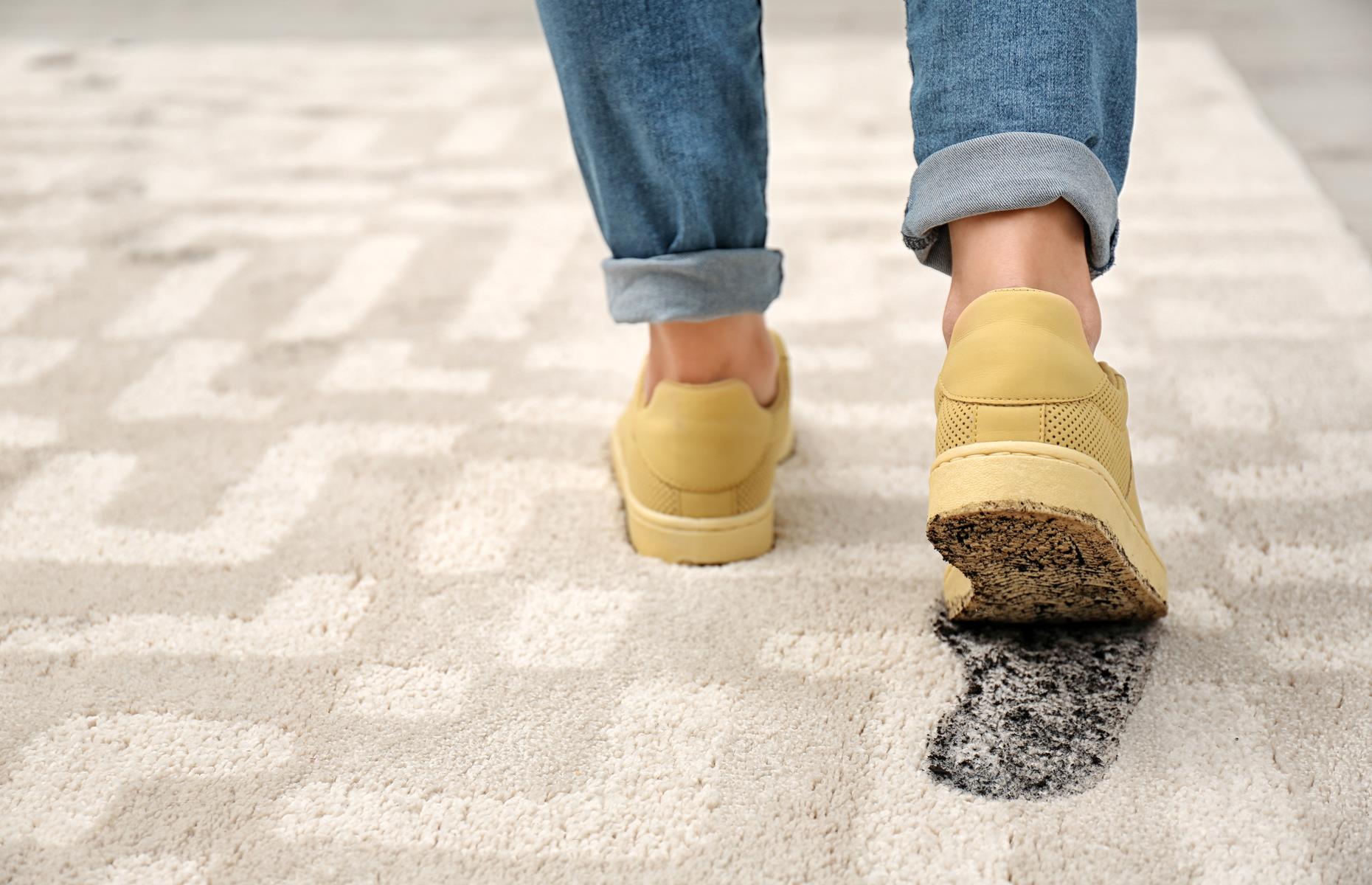
Keep this transference to a minimum by removing your shoes at the front door as soon as you come home and invest in some good-quality doormats.
You can even place doormats inside your external doors, as well as outside, to reduce the risk of bringing in potential allergens.
8. Refresh bedding regularly
Few things beat the feeling of a freshly made bed so make this a regular luxury by ensuring you wash your sheets at least once a week at 60°C to kill harmful microbes.
“Bed linen is a prime nesting place for dust and dust mites,” says Lisa. Dust-proof covers for your mattress and pillows can also help fend off mites and allergens.
9. Dust the right way
Dusting regularly is essential to keep allergens in check, but are you doing it right? Lisa suggests using a damp sponge or microfibre cloth, which will stop you from simply dispersing the particles back into the air.
“A vacuum attachment can be used on hard-to-reach areas too, such as skirting boards,” she says. You can remove dust from upholstered furniture by rubbing a rubber glove over the surface – it'll create static and pull out dust, hair and fur that you can then simply hoover up.
10. Update window dressings
Dust mites and external allergens such as pollen can accumulate over time on soft furnishings like curtains.
Instead, swap out heavy fabrics for machine-washable window dressings that can be easily cleaned – or even better, change up your curtains for blinds. Wipe or dust them regularly to keep your living spaces allergen-free.
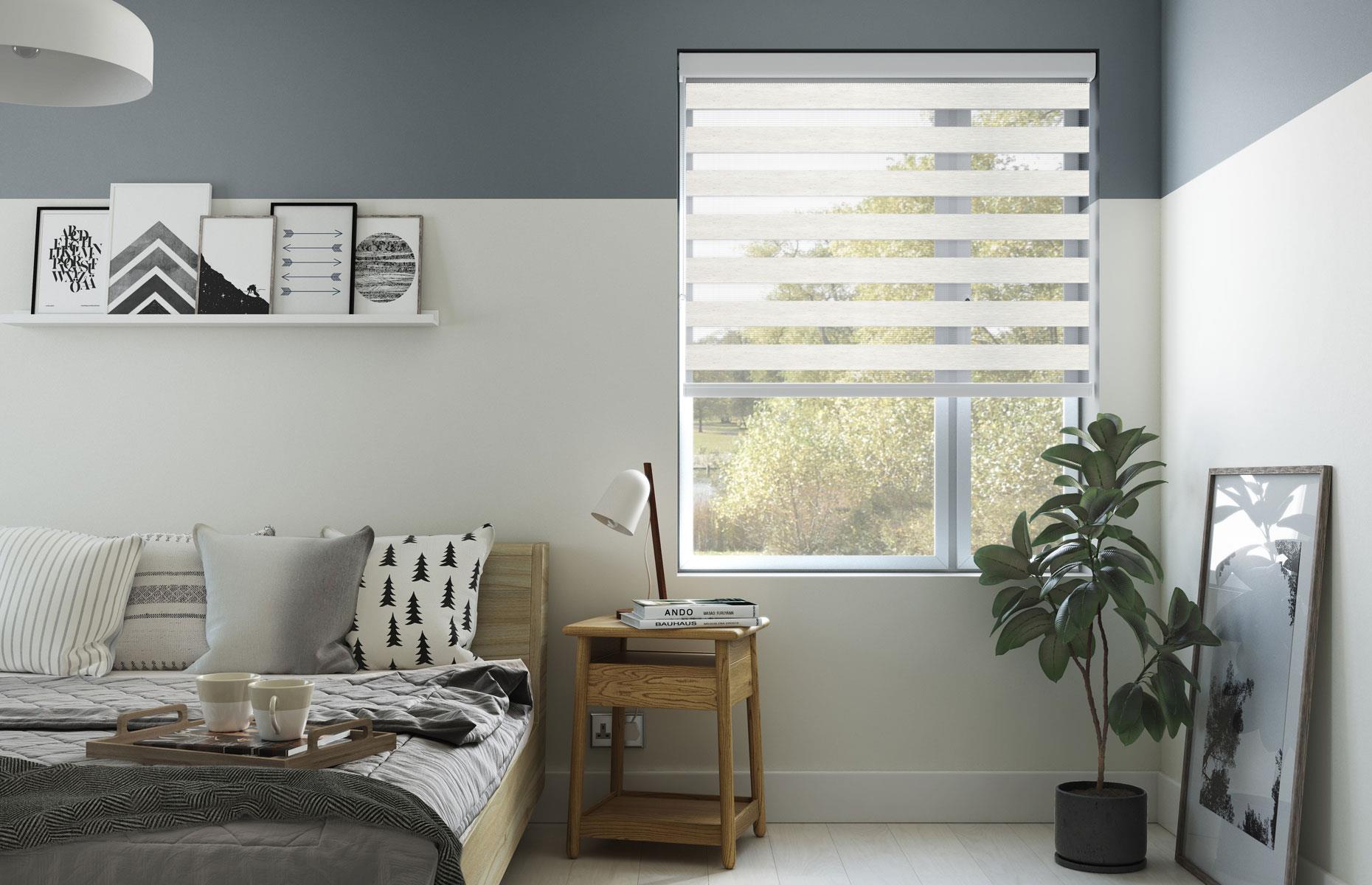 Image: 247 Blinds
Image: 247 Blinds
11. Reassess your houseplants
In some cases, allergies may be caused by what's lurking inside your home, rather than outside. According to NASA's Clean Air Study, certain types of houseplant can cause sneezing, a runny or stuffy nose and red, watery eyes.
Chrysanthemums, common ferns, lilies and geraniums can all produce airborne allergens, while pine trees can harbour weed pollen.
However, some houseplants can actually improve the air quality in your home and remove potential pollutants. If you're an allergy sufferer, consider investing in a rubber plant, bamboo palm, areca palm, Boston fern, lady palm or a dracaena.
12. Clean pet toys and furnishings
We all know that pet dander can cause allergies, however, it's not just dander from your four-legged friends you need to be mindful of.
Pets can bring external allergens into the home via their toys. Because of this, it's a good idea to regularly clean their most-used items, or relegate certain toys to an outdoor storage box.
If your dog or cat has long hair, they will likely carry pollen inside in the spring and summer months too. Regular grooming and bathing at an appropriate frequency for their breed may help to minimise any allergic reactions.
13. Invest in an air con unit
When the temperature rises, the first thing most people do in their homes is throw open the windows. However, if you suffer from severe hay fever, letting all that pollen in is a recipe for disaster.
For the warmer months, consider investing in an air conditioning unit to improve the air quality in your living spaces. You can purchase large models to keep your home cool and allergen-free, or alternatively, if you work from home, a small desktop air con unit like this may offer an affordable and space-efficient alternative.
READ MORE: 20 surprising places germs are hiding in your home
Main photo: fizkes / Shutterstock
Comments
Be the first to comment
Do you want to comment on this article? You need to be signed in for this feature